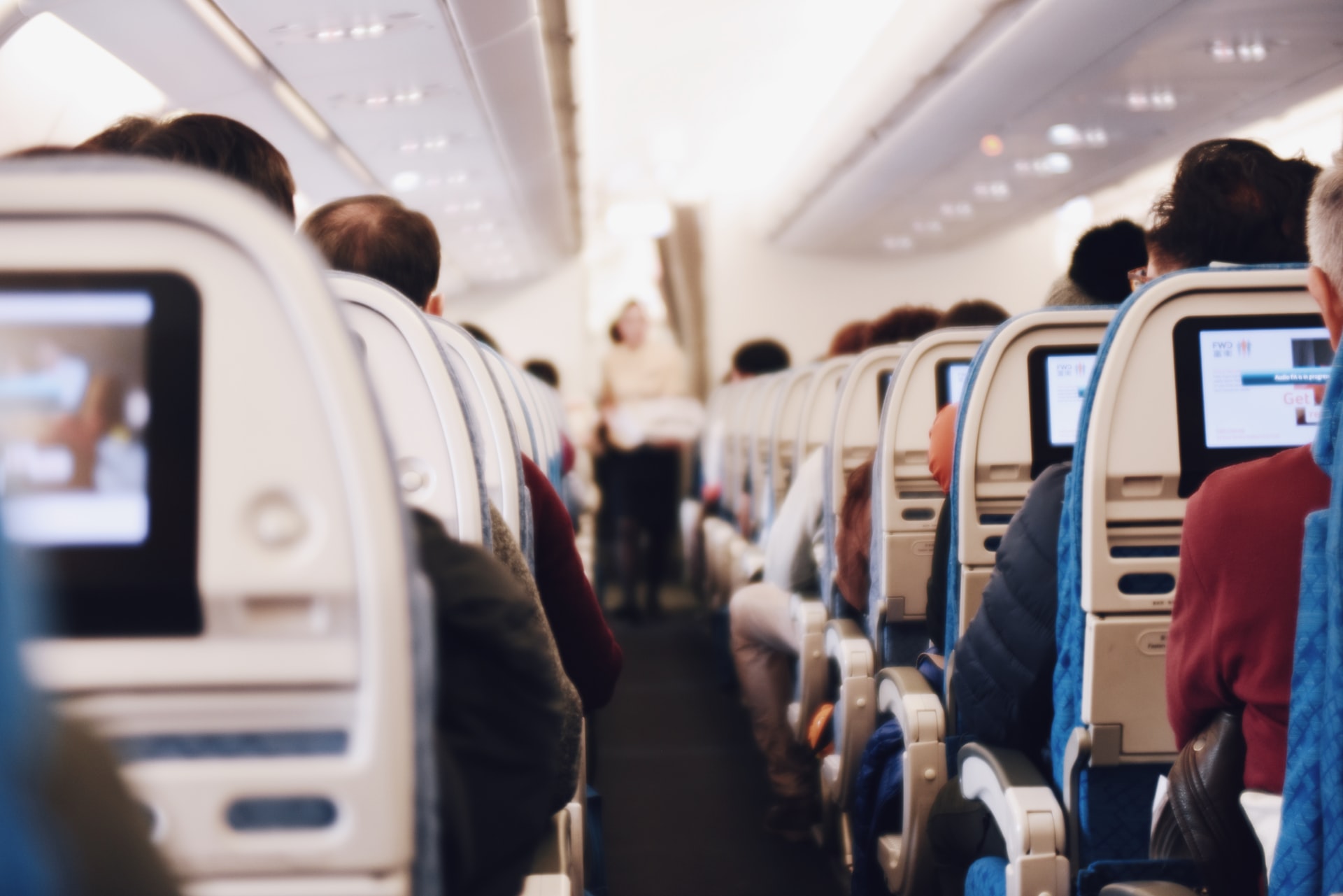The Coronavirus pandemic has knocked the global airline-industrial complex hard, including airlines, plane manufacturers & their suppliers, aircraft leasing companies, travel booking tech companies, and airports. Nevertheless, air travel demand is showing green shoots of recovery, especially in large domestic markets like China. International travel is also on the rise following the establishment of travel corridors (aka “travel bubbles”) in Asia and Europe. The earliest beneficiaries of the recovery in air-transportation will likely be airlines, travel tech companies and airports. Today’s report explains why that is, and how to gain exposure.
Related ETFs: U.S. Global Jets ETF (JETS), ETFMG Travel Tech ETF (AWAY)
Related Stocks: See report for list of 15 stocks
The Economist reports that 4.5 billion passengers took to the skies last year, and that, on average, over 100,000 commercial flights a day filled the skies. Altogether, the airline industrial complex generated some 1.3 trillion in revenues in 2019. Nearly two-thirds of those revenues was attributed to airlines for transporting people and cargo, $170bn was generated by the world’s airports, $100-$150bn by the aircraft manufacturing supply chain, and the remainder was travel booking fees earned by companies like Booking Holdings, Expedia and Trip.com.
Last year’s results were impressive, considering how disruptive the grounding of Boeing’s MAX aircraft was for the travel industry.
2020 is proving to be a lot different as the coronavirus pandemic has hit the entire air-travel complex pretty hard. It’s not just that airlines will sell fewer tickets, airport operators will experience lower foot traffic, aircraft manufacturers will sell fewer passenger jets, and booking sites & apps will record fewer transaction this year. The magnitude of the declines in each segment is unprecedented.
Unprecedented Hit to Revenues in 2020
Airline revenues are projected to fall by 50% to $419bn this year, as worldwide travel restrictions and fear of infection keep people from flying. The revenue shortfall for airlines would be a lot worse were it not for the fact that cargo volumes have rebounded faster than passenger traffic. Global air freight volumes in May reflected just a decline of -17.9% compared to May 2019.
The hit to airports’ bottom line is expected to be even more devastating. Airports get about 60% of their revenues from aeronautical activities such as terminal, landing and passenger fees paid by airlines. The remaining 40% comes from…
To read the rest of this Market Insight, START A FREE TRIAL You’ll also gain access to: If you already have a subscription, sign in










